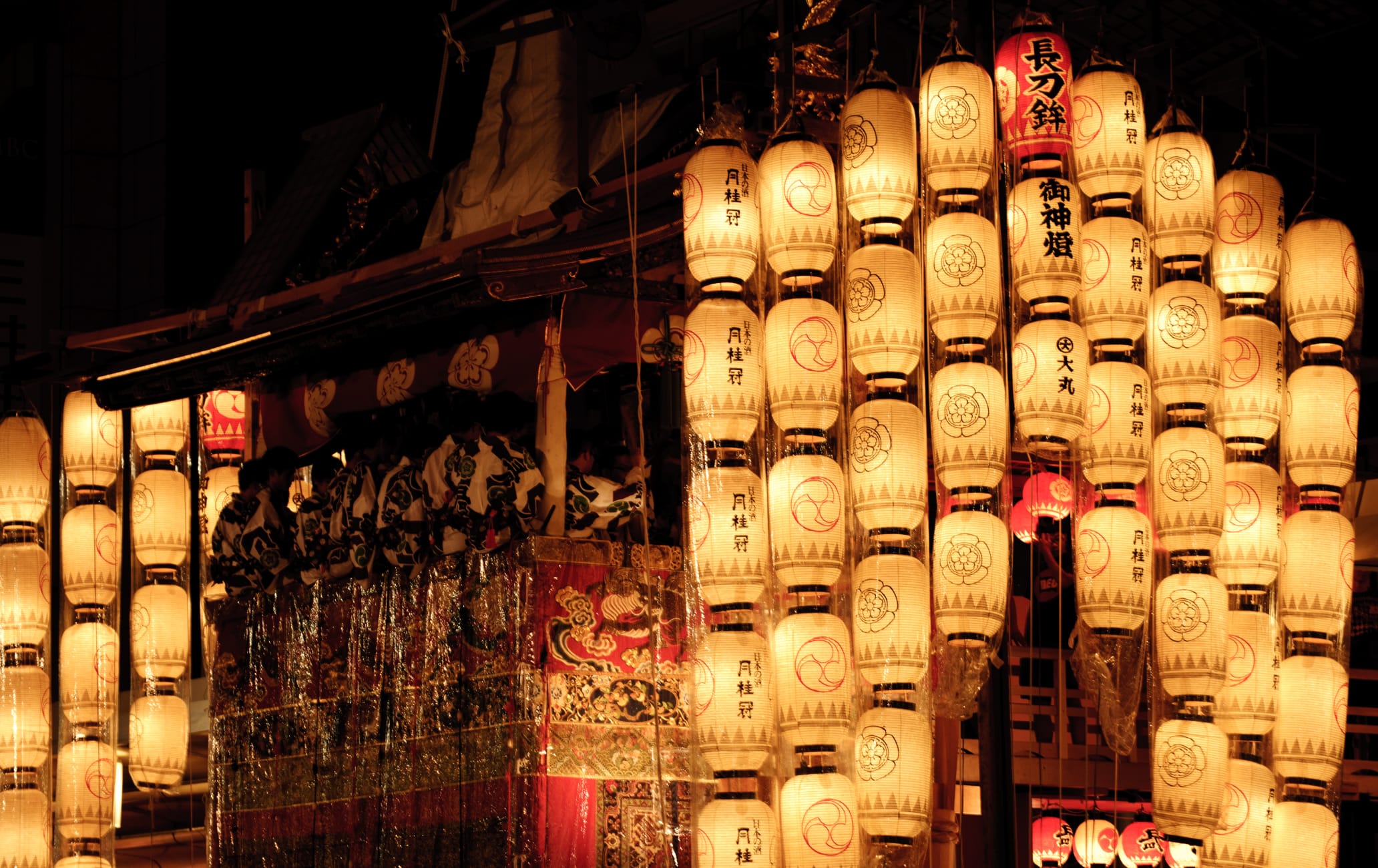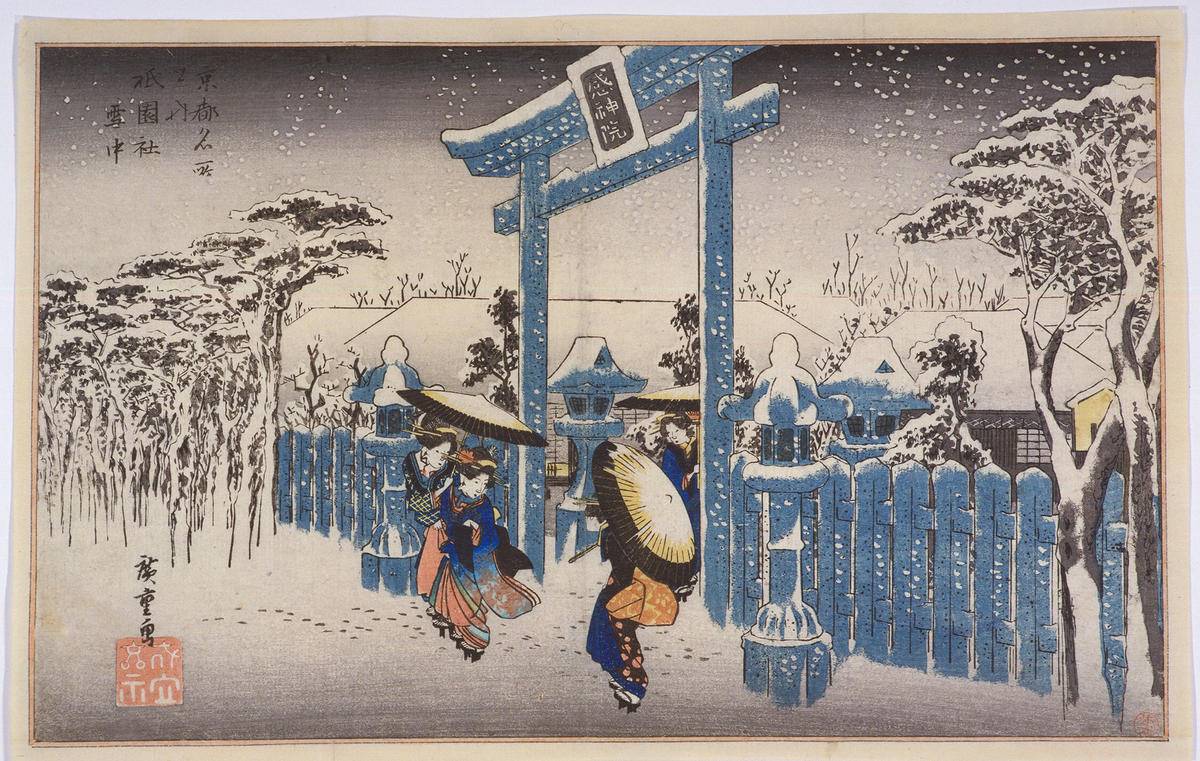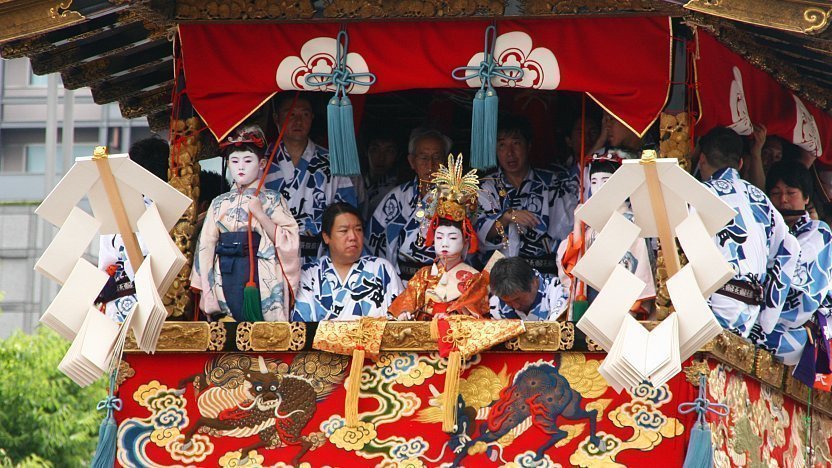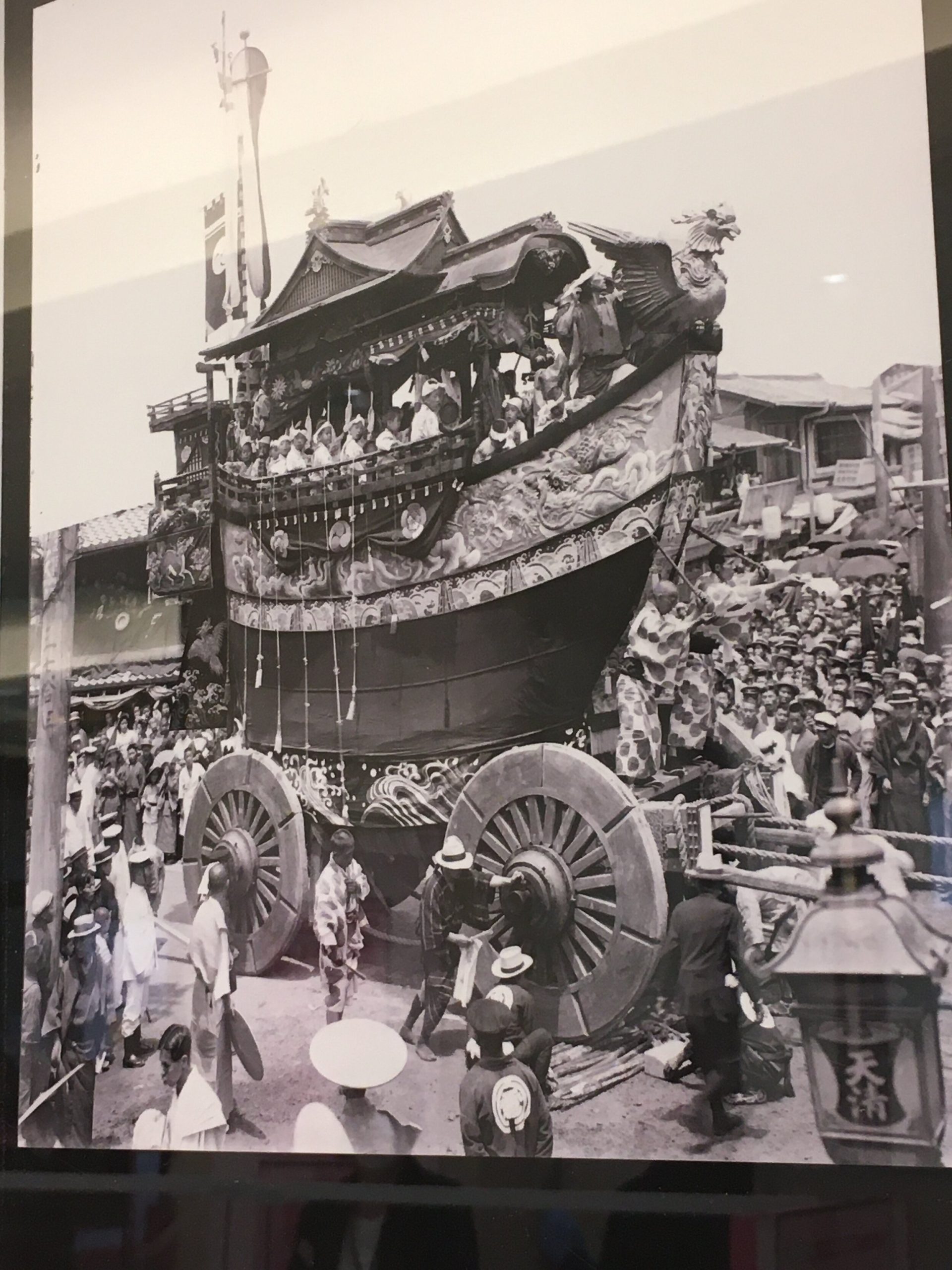Gion Matsuri is one of Japan’s most famous festivals. It has a rich history dating back over 1,000 years.
Held in Kyoto, Gion Matsuri is a month-long celebration. The festival originated during a time of plague and disasters. People believed the gods needed to be appeased. They started the festival to pray for good health and safety. Over the centuries, it evolved into a grand event with parades, music, and traditional costumes.
Gion Matsuri showcases the vibrant culture and history of Kyoto. It attracts visitors from all over the world, offering a glimpse into ancient Japanese traditions. Join us as we explore the fascinating history of Gion Matsuri and its significance in Japanese culture.
Origins Of Gion Matsuri
Gion Matsuri started in 869 during an epidemic in Kyoto. People prayed to the gods for relief. This festival has grown over centuries into a vibrant cultural event.
Ancient Beginnings
Gion Matsuri started over a thousand years ago. It began in Kyoto, Japan. People wanted to stop a big plague. They prayed to the gods for help. They held a festival to honor these gods. This festival grew bigger each year. Now, it is one of Japan’s most famous events.
Influence Of Shinto Beliefs
Shinto beliefs shaped Gion Matsuri. Shinto is Japan’s traditional religion. It focuses on nature and spirits. The festival includes many Shinto rituals. People wear special clothes and sing old songs. They believe this pleases the gods. These traditions have continued for centuries.
Evolution Through Centuries
During the medieval period, Gion Matsuri began to take shape. The festival grew in scale, attracting more people each year. New rituals and customs were added. Floats became more elaborate. The festival started to involve more community members. This period also saw the introduction of music and dance. These changes made the festival more vibrant and engaging. Many of these traditions continue today. The medieval period was crucial for the festival’s development.
In the modern era, Gion Matsuri evolved further. The festival adapted to changing times. New technologies were incorporated. Floats now include electric lights. This made them more spectacular at night. The festival also became more organized. Committees were formed to manage the event. Public safety became a priority. More international visitors started attending. This brought global attention to Gion Matsuri. The festival today is a blend of old and new traditions.
Significance Of The Festival
The Gion Matsuri is a key event in Kyoto. It is one of Japan’s most famous festivals. People from around the world come to see it. The festival shows Kyoto’s rich culture. It is celebrated with parades, music, and food. The streets are full of joy and excitement. Traditional dances and costumes are seen everywhere. Locals and visitors enjoy the vibrant atmosphere.
The festival has deep spiritual roots. It started to please the gods and keep bad spirits away. People pray for health and prosperity. Shrines are decorated beautifully. Rituals are performed to honor the gods. The festival gives people hope and faith. It connects them to their heritage and beliefs. Many see it as a time of renewal.
Iconic Floats And Displays
The Yamaboko Procession is a key part of Gion Matsuri. It features grand floats, known as yamaboko. These floats are beautifully decorated. They include traditional paintings and textiles. Each float has its own story and theme. People pull these floats through the streets. Crowds cheer and enjoy the colorful display.
Craftsmen build the floats with great skill. They use wood, paper, and fabric. Each part of the float shows their talent. The designs are detailed and intricate. Many floats have been part of the festival for centuries. This showcases the long history and tradition of Gion Matsuri.
Festival Rituals And Ceremonies
Purification rites are very important in Gion Matsuri. People believe these rites cleanse the body and soul. They prepare participants for the festival. Priests use water to purify. This water is often from a sacred source. Many people gather to watch these rites. The atmosphere is calm and respectful.
Sacred performances are a key part of the festival. They include dances and music. These performances honor the gods. Performers wear traditional costumes. The costumes are colorful and detailed. Each performance tells a story. The audience is always captivated. These acts are full of history and culture. They keep the old traditions alive.

Credit: www.japan.travel
Community Involvement
Gion Matsuri has deep roots in Kyoto’s community. Each year, locals work together to prepare for this historic festival. Their involvement keeps the tradition alive and vibrant.
Local Participation
Gion Matsuri thrives with local participation. Every year, many neighbors join the festivities. They decorate their homes and businesses. They also prepare food and drinks for visitors. This festival connects everyone in the community. People feel a strong sense of pride and belonging.
Volunteer Contributions
Volunteers play a key role in Gion Matsuri. They help with organizing events. They also ensure everything runs smoothly. Many volunteers are locals who love their city. Their efforts keep the festival safe and enjoyable. Without them, Gion Matsuri would not be the same.
Impact On Kyoto’s Tourism
Gion Matsuri is a big draw for tourists. The festival attracts over a million visitors each year. These visitors come from all over the world. They want to see the grand floats and enjoy the lively atmosphere. Streets get crowded with people. Hotels and restaurants see a huge surge in bookings.
Local businesses thrive during Gion Matsuri. Shops and markets report higher sales. Restaurants and cafes see more customers. The festival creates many temporary jobs. These include jobs in food stalls and souvenir shops. Tourists spend money on travel, food, and shopping. This boosts the local economy significantly. The festival also promotes Kyoto’s culture.

Credit: japan-forward.com
Preservation Efforts
The Gion Matsuri festival is very old. Many people work hard to keep it alive. They fix old floats and build new ones. They use traditional tools and methods. This keeps the festival’s spirit strong. Old stories and songs are shared to the new generations. This helps to keep the history alive.
Future challenges are tough. Modern life changes fast. Some traditions may get lost. Young people have new interests. They may not join the festival. The festival needs more funds. Without money, it is hard to continue. Weather changes are also a problem. Heavy rain can damage the floats. We need new ideas to save the festival.

Credit: www.japan-guide.com
Frequently Asked Questions
What Is The History Of Matsuri?
Matsuri are traditional Japanese festivals with ancient origins. They celebrate seasonal events, religious ceremonies, and local culture.
What Is The Purpose Of The Matsuri Festival?
The Matsuri festival celebrates Japanese culture, traditions, and community spirit. It honors deities and ensures blessings for prosperity.
Is Gion Matsuri Religious?
Yes, Gion Matsuri is a religious festival. It honors the Yasaka Shrine’s gods and seeks protection from disasters.
How Many People Go To Gion Matsuri?
Gion Matsuri attracts around one million visitors each year. This vibrant Kyoto festival is extremely popular.
Conclusion
The Gion Matsuri festival holds rich history and cultural significance. It started in the 9th century. The event showcases Kyoto’s heritage. People from all over visit to witness its grandeur. The grand floats, parades, and rituals captivate everyone. This festival strengthens community bonds and honors tradition.
Gion Matsuri remains a symbol of unity and celebration. It’s a must-see for anyone visiting Japan. Enjoy the vibrant atmosphere and historic charm.












